Satin is a luxuriously shiny fabric that is woven with the weft floating over the warp creating a shine on one side of the fabric, the weave construction allows the fabric to drape and hold a good shape at the same time.
Originally produced in a shipping port in China where it has been present for many centuries it was only until the 12th century when satin was imported in to Europe through the Silk Road where it was used and loved by the rich.
Satin was initially produced using silk and made into luxurious dresses and garments, as it was expensive only the rich were able to afford it. However as time has progressed and textile industries developed other yarns and fabrics, Satin was then produced with nylon and polyester, creating a cheaper price point.

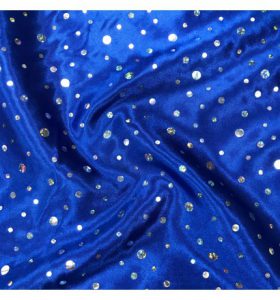
Types of satin
Satin is great for drapery due to the construction of the fabric it can be woven in particular ways compared to plain weaves, enabling the fabric to bend and mould in curves creating great results. All the different types of satin are created using slightly different construction methods and this creates different results so you can choose a different type of satin depending on the outcome you are looking for and the application.
Duchess satin:
It is a mid sheen satin with a heavy weight feel, there are a few different types such as a stretch duchess satin, a polyester duchess. It is mainly used for bridal gowns due to the weight and durability this type of satin can be embroidered.

Crepe Backed satin:
A lightweight double sided satin with a crepe matt back and the other side is a soft sheen so both sides can be used if you would prefer the matt or sheen. This is usually used to line dresses other garments.
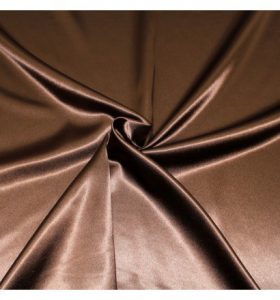
Twinkle Satin:
It is a high lustre satin with a shimmer effect using particular yarns to create this effect, it’s great for a statement dress or for costume wear and theatre productions.
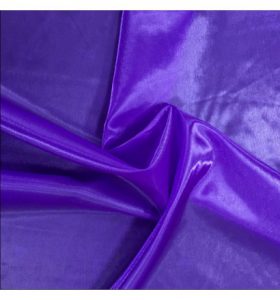
Duchess satin Japanese matt:
It is a matt satin with a higher thread count compared to other satin’s so it is durable and the Japanese quality is a higher quality of polyester satin. Originally it was made with 100% silk however there are many different mixes now including polyester, rayon and cotton. Usages for this fabric can include dressmaking, lining garments, interior drapery, cushion covers and table decorations.
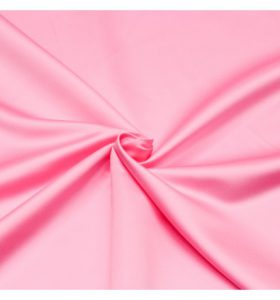
Usage/Application
Satin is now used for wedding attire, prom dresses and other apparel including lingerie and evening wear. It is also being used in the male fashion industry on jackets, shirts and ties.
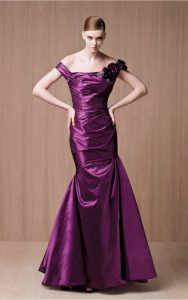
Many brands will also use satin on handbags and shoes as subtle detail like ballet shoes and neck scarves. Satin is highly used on interior products such as curtains, cushion covers, table decoration and upholstery.
Satin can also be used for gift wrap decoration, digital printing, transfer printing and embroidery, it would depend on the content of the yarns within the fabric.

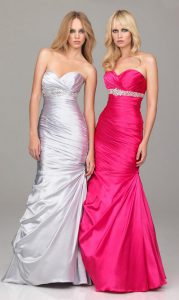
Conclusion
Satin is a versatile fabric in the way it can be draped and used; it can be used on many different surfaces as a layered effect or used on it’s own to create a piece of clothing.
There is a type of satin for every project depending on the outcome and end results you are looking for such as a heavy weight satin with a mid sheen for a wedding dress that can be embroidered over and it will be durable enough.
It can be an inexpensive fabric to use and experiment with but you will get some great results.